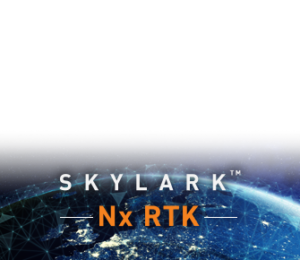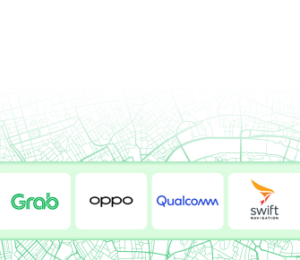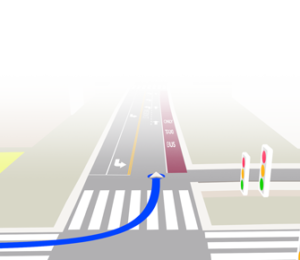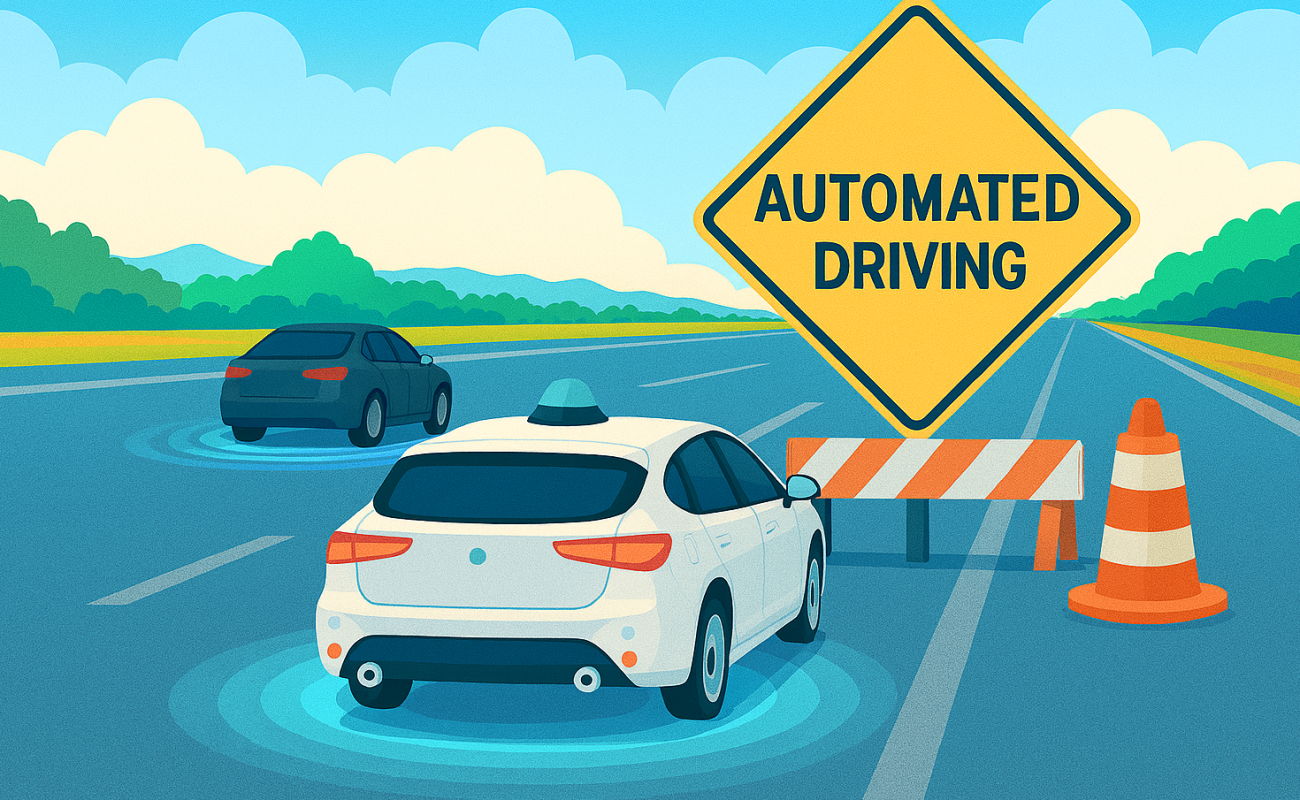When we think about self-driving cars, many of us picture a futuristic vehicle with no steering wheel, whisking passengers through city streets. This “all or nothing” vision of autonomy, with fully driverless vehicles as the goal, has long been the North Star for the industry. While full autonomy is once again capturing headlines with the launch of Tesla’s robotaxi service in Austin and Uber’s just announced plans to launch 20,000 robotaxis, the most impactful and widely accessible innovations in autonomous driving are emerging from a different, less flashy, but ultimately more pervasive path
Autonomy’s Quiet Revolution: The Rise of Level 2+ Systems
The real story of autonomous driving isn’t about science fiction; it’s about the steady, “bottom-up” evolution of Advanced Driver Assistance Systems (ADAS). These are the features you might already be using in your car today—adaptive cruise control, lane-keeping assist, and automatic emergency braking. What’s truly exciting is the rapid maturation of Level 2+ (L2+) systems, which are pushing the boundaries of what these “assisted” driving experiences can do.
Nearly every automotive OEM is offering vehicles with increasingly sophisticated partial automation. These systems provide hands-free driving experiences on hundreds of thousands of miles of highway in North America, Europe and Asia, allowing drivers to rely on the vehicle for steering, acceleration, and braking under specific conditions. This isn’t just about convenience; it’s about safety and comfort, focused on expanding the operational design domain (ODD) of these systems, enabling them to work more reliably in a wider range of conditions and provide a smoother, more confident driving experience.
It’s worth noting that while many OEMs initially announced intentions to deliver Level 3 (L3) autonomous features, many of these plans have since been scaled back to L2+ capabilities. This shift isn’t a failure, but rather a realistic adjustment driven by a myriad of factors, including the immense complexity and cost of developing and validating L3 systems, concerns about the interaction of human and AI driver when swapping responsibility for driving functions, and, crucially, that L2+ systems expect a human driver to be attentive at all times, reducing liability risk for the OEM. The good news is that this focus on L2+ is proving to be a highly effective strategy. These advanced L2+ features are in high demand and create amazing experiences for drivers—if they work well in a wide variety of places and at high enough speeds.
This quiet revolution is driven by several factors, including advancements in sensor technology, improved computing power, and sophisticated artificial intelligence algorithms. But a critical, often overlooked, enabler of this progress is the ability to know precisely where a vehicle is at all times.
Precise GPS as a Foundational Sensor
Vehicles with higher levels of autonomous capability rely heavily on a suite of sensors—cameras, radar, and lidar—to perceive their surroundings. Yet, mass-market vehicles featuring advanced driver-assistance systems (ADAS) often prioritize affordability, leading to a reliance on camera-first systems. While cameras offer the necessary cost savings for consumer price points, this approach has drawbacks. These systems can become unreliable in everyday driving conditions, such as bright sunlight, fog, rain, or indistinct lane markings. In these common scenarios, the limitations of camera-based perception can degrade or even disable the premium features they enable with little notice to the human driver.
This is where precise Global Navigation Satellite Systems (GNSS) step in. Precise GNSS is up to 100x more accurate than the standard GPS in your phone. It improves positioning accuracy from several meters down to just a few centimeters and is currently used to enable and enhance autonomous systems from most OEMs. It acts as a robust and reliable anchor, providing centimeter-accurate absolute positioning to complement other sensors and providing crucial contextual information.
How does precise GNSS make a difference?
Reliable Automated Driving in Challenging Conditions
Automated lane-keeping and other critical features often falter when cameras struggle with environmental factors like direct sunlight, heavy rain, or snow. Together with standard definition maps, precise GNSS ensures the vehicle maintains an accurate understanding of its position relative to the road and surrounding infrastructure, allowing these features to operate reliably in a wider range of settings and conditions, even when visual cues are compromised. For drivers, this translates into a better, more reliable, more robust, and more enjoyable automated experience more often.Enhanced Lane-Level Maneuvers
Accurately navigating complex highway interchanges, executing precise lane changes, and ensuring appropriate guidance for autonomous merging and exits is extremely challenging without exact positional awareness. Precise GNSS provides the vehicle with pinpoint lane-level positioning, which is essential for safe and smooth autonomous maneuvers on multi-lane roads, enhancing Level 2+ capabilities.Cost-Effective Mass Production
High-definition localization (HD) maps, often required by robotaxis, are expensive to create and constantly update, hindering the mass production of Level 2+ solutions. Precise GNSS works with more affordable, standard-definition (SD) maps by providing highly accurate real-time positioning, compensating for the lower detail of SD maps and making higher levels of autonomy more economically viable.
Companies like Swift Navigation are at the forefront of this technological shift, powering millions of vehicles with centimeter-accurate location. Our automotive safety-certified and cloud-based architecture makes precise GNSS an affordable and scalable solution for major automotive OEMs, allowing them to expand both the operational envelope of their existing ADAS offerings as well as introduce new safety and autonomous features to millions of vehicles globally.
While robotaxi deployments make for great headlines, the industry is quietly advancing toward higher levels of autonomy in consumer vehicles, and precise positioning is playing a major role in that transformation. Swift Navigation delivers the precise absolute position that is helping millions of consumer vehicles autonomously navigate vast road networks around the world.
The Path Ahead: Expansion and Enrichment
The future of autonomous driving isn’t just about a switch being flipped from “off” to “on.” Instead, it’s a continuous journey of expanding the availability of advanced features and making new, more interesting capabilities accessible to a broader consumer base. Precise GNSS is a key enabler in bridging the gap between today’s capable ADAS systems and the full promise of autonomous driving. It’s helping to unlock a future where our cars are not just smarter, but also safer and more enjoyable to drive, even if they still have a steering wheel.
What are your thoughts on this updated perspective on autonomous driving? Do you think the gradual evolution of ADAS will be more impactful than the “all or nothing” approach of full autonomy?










